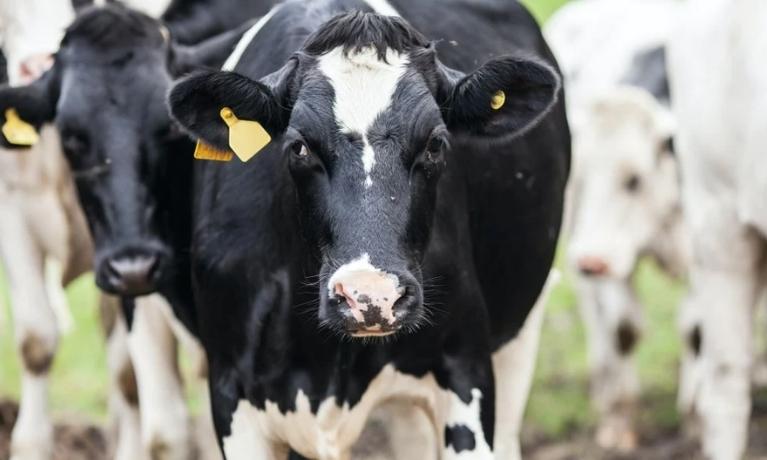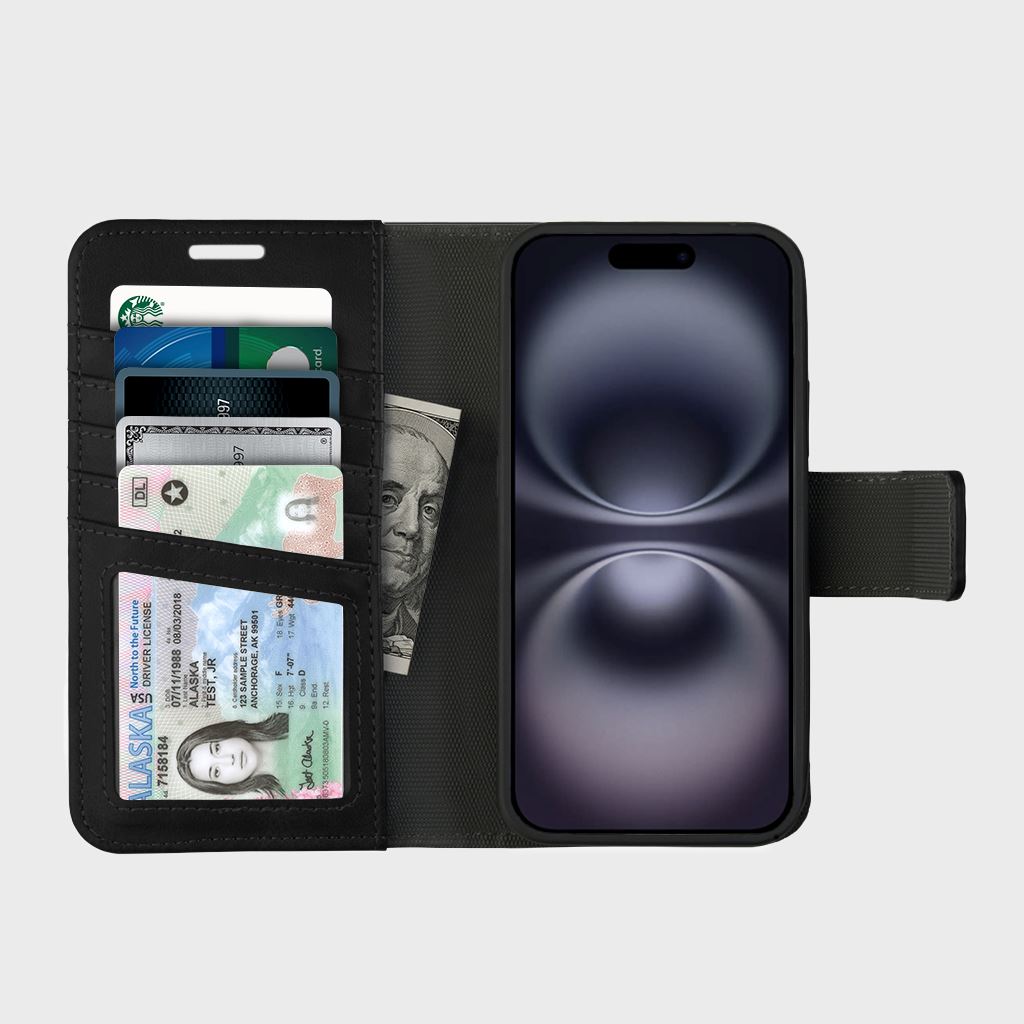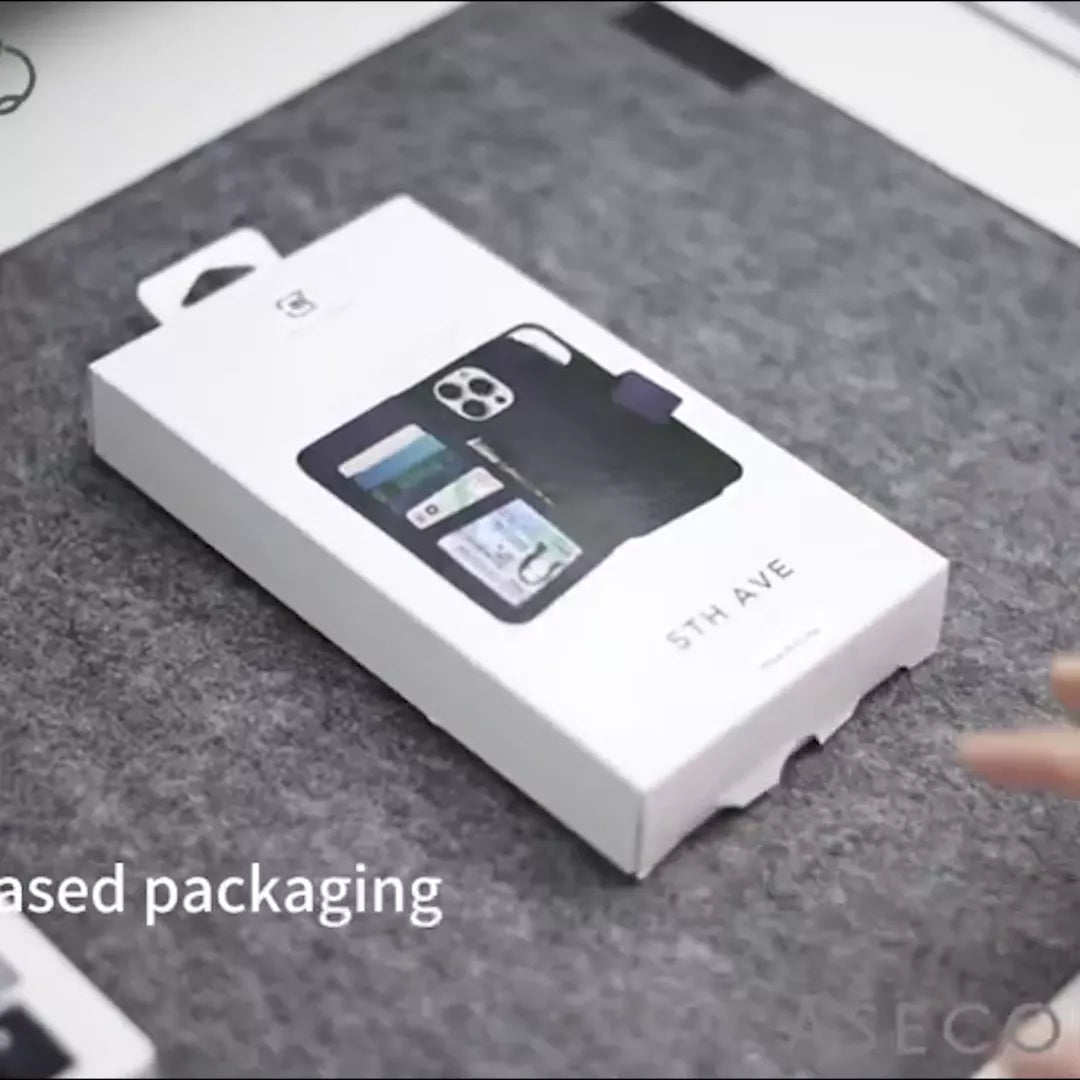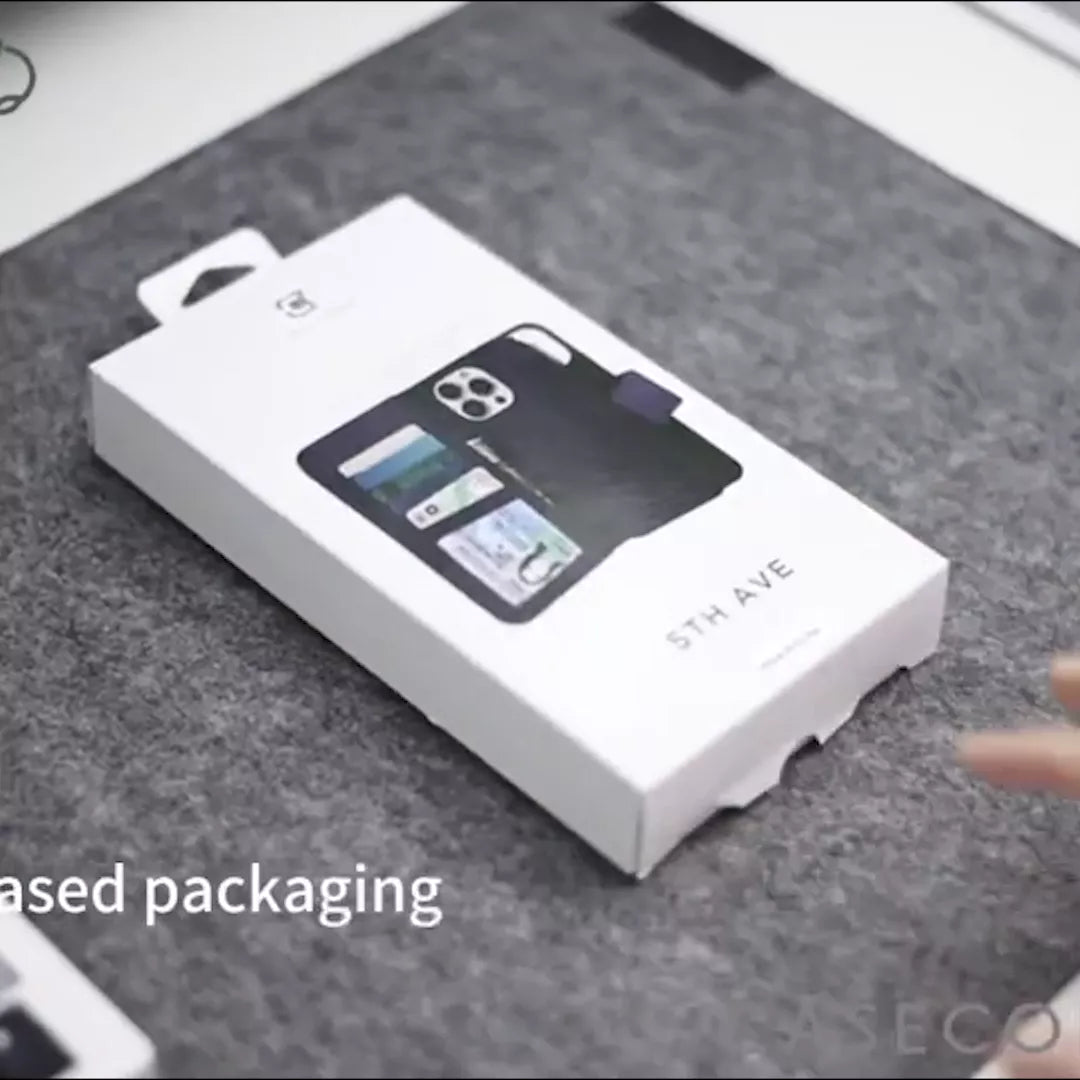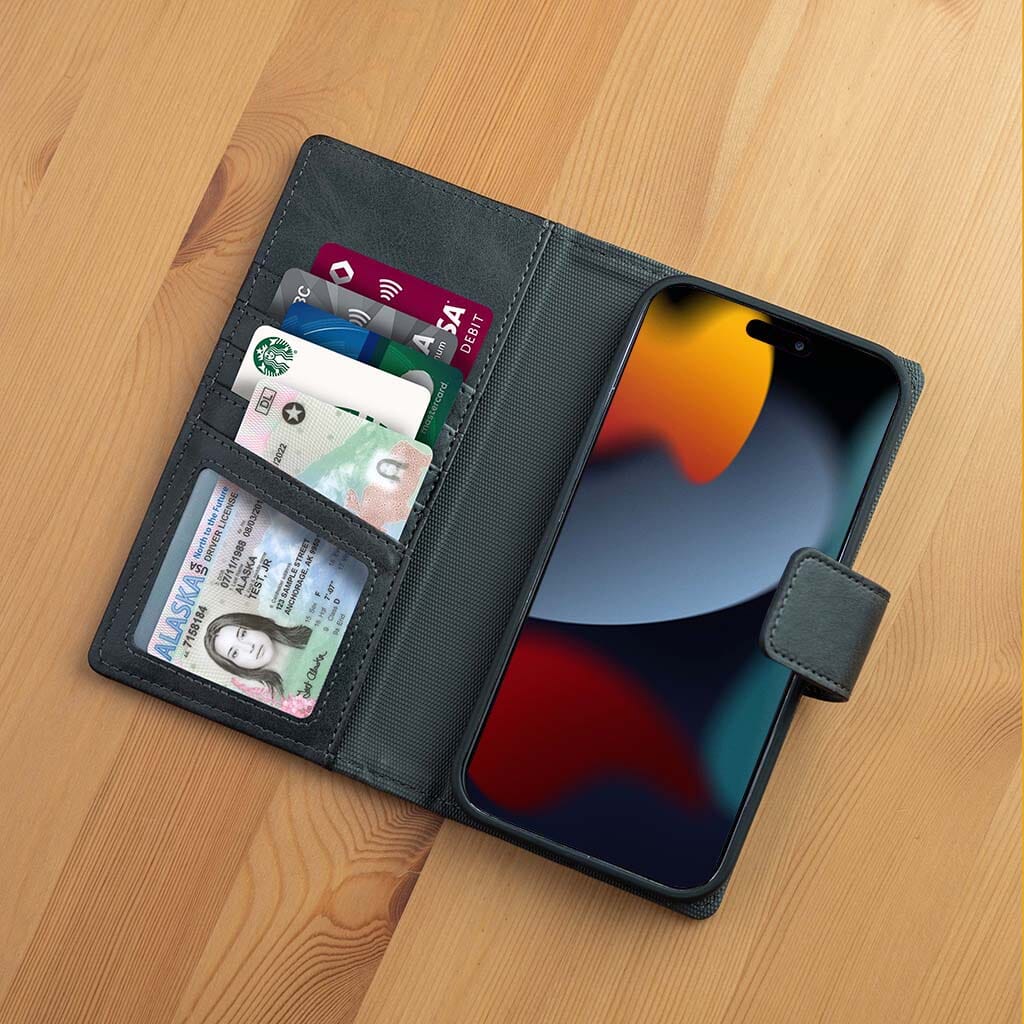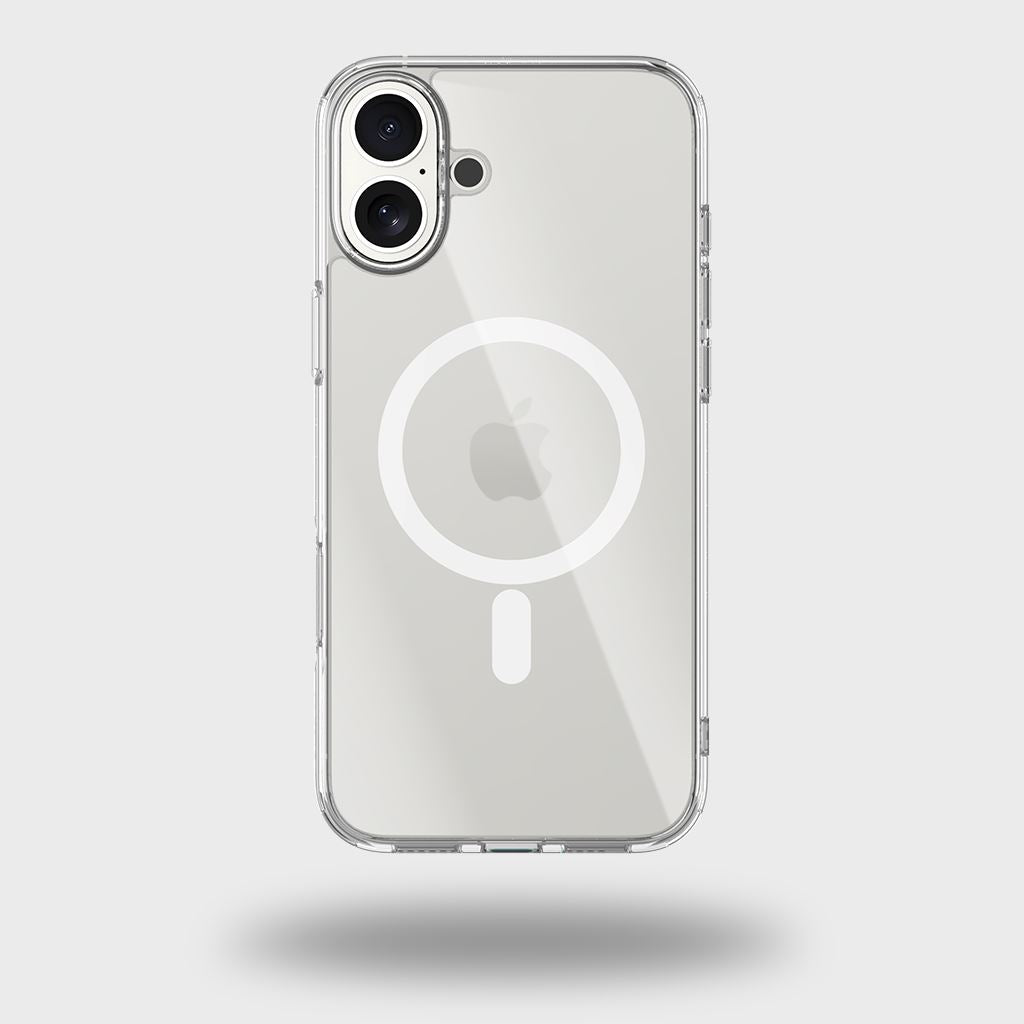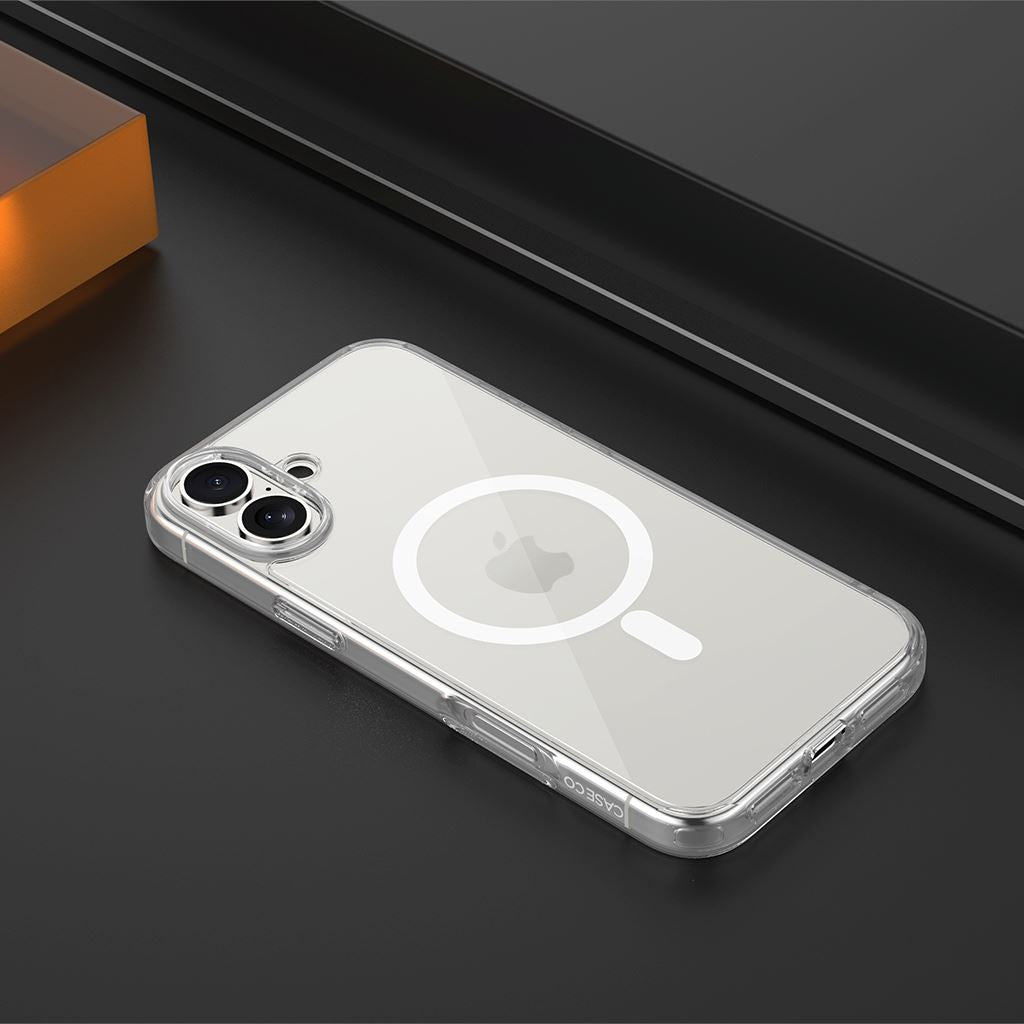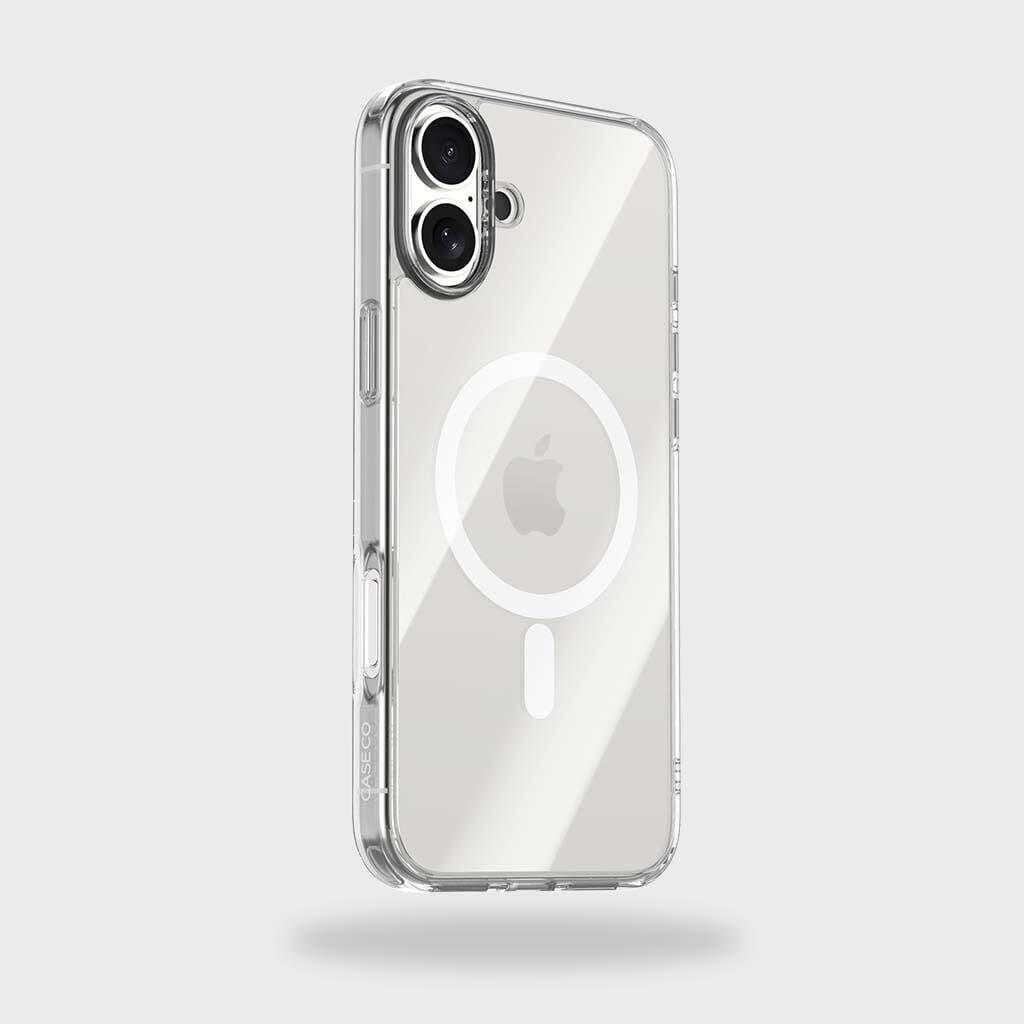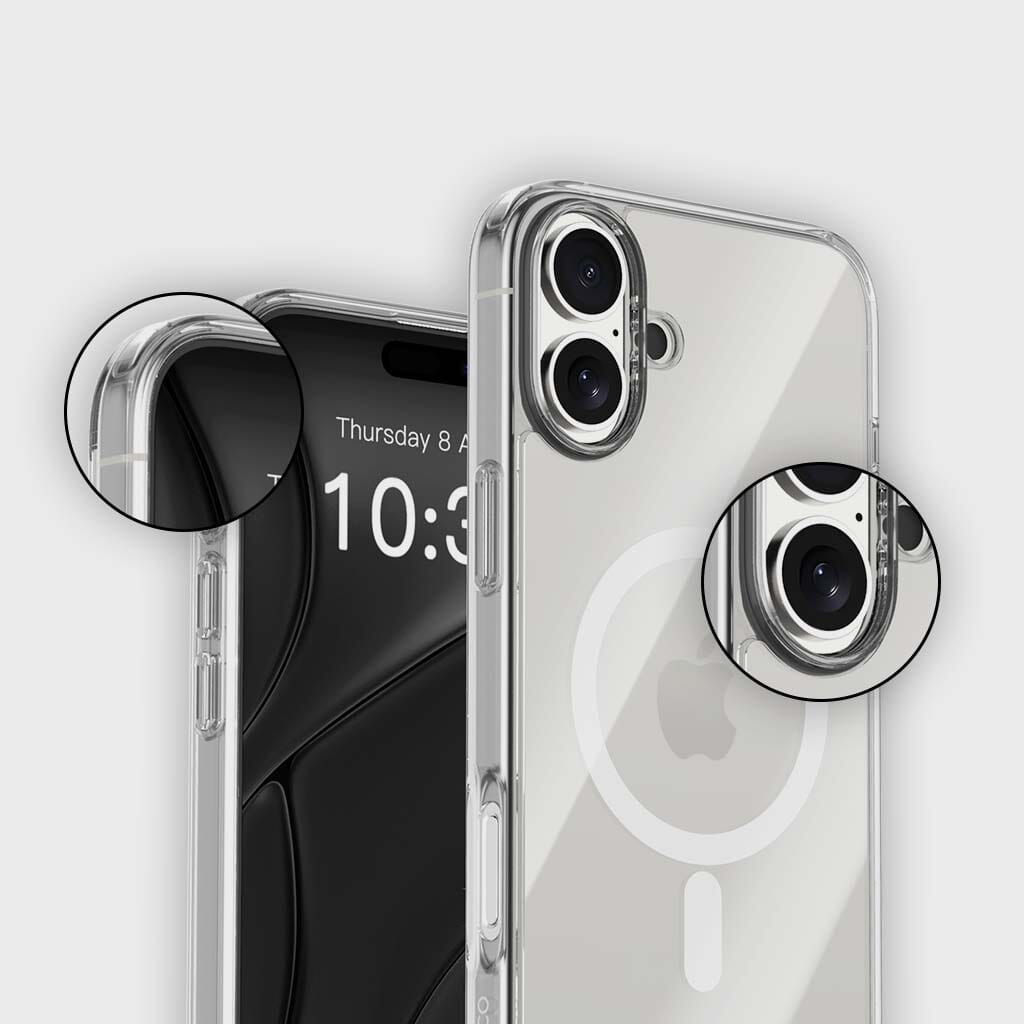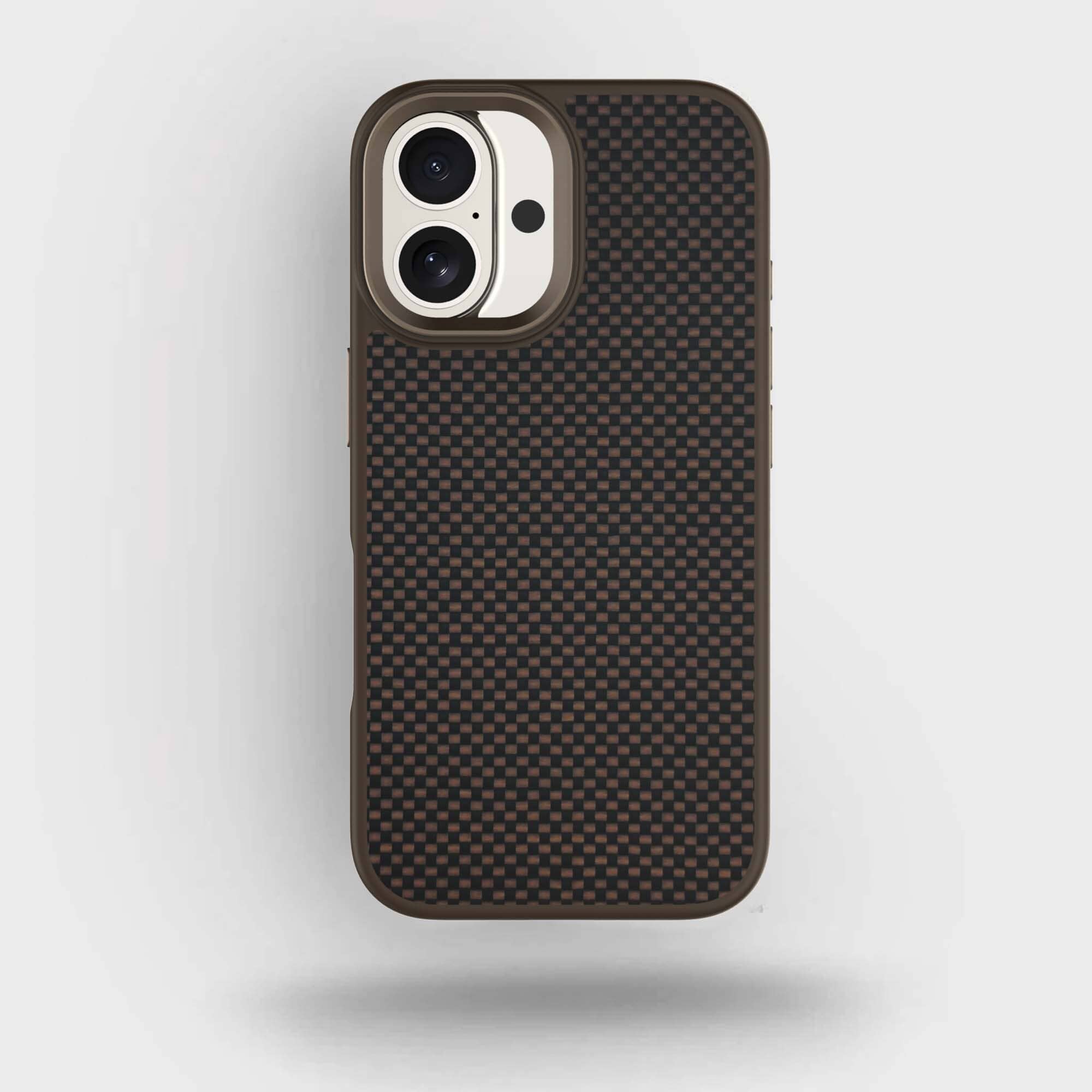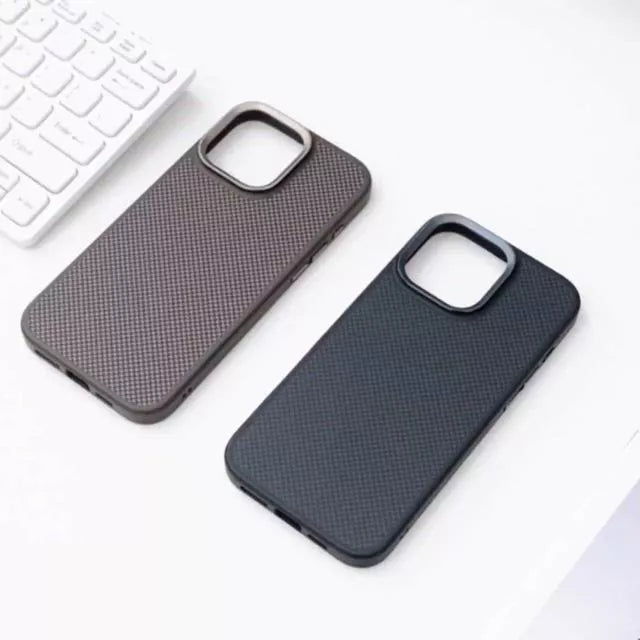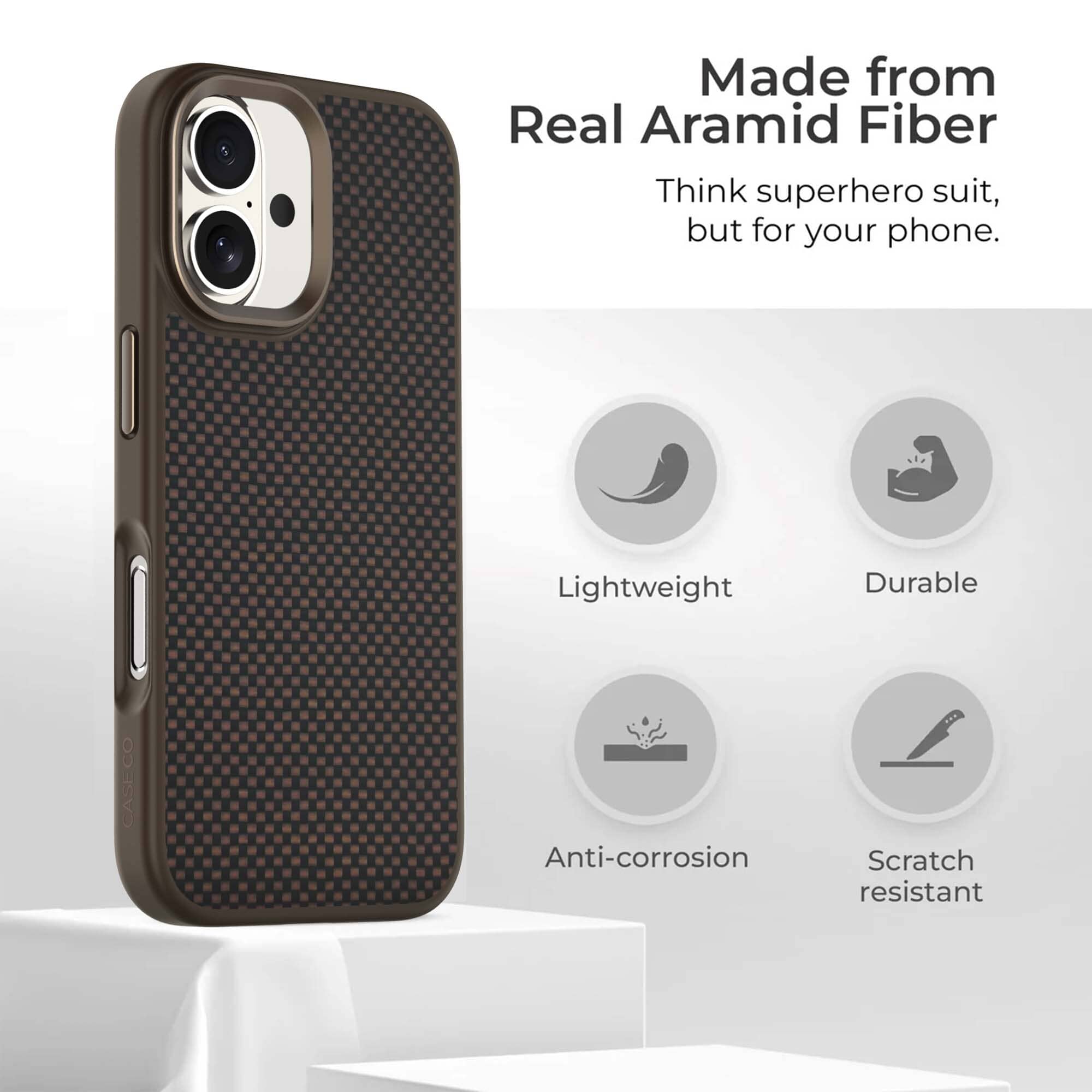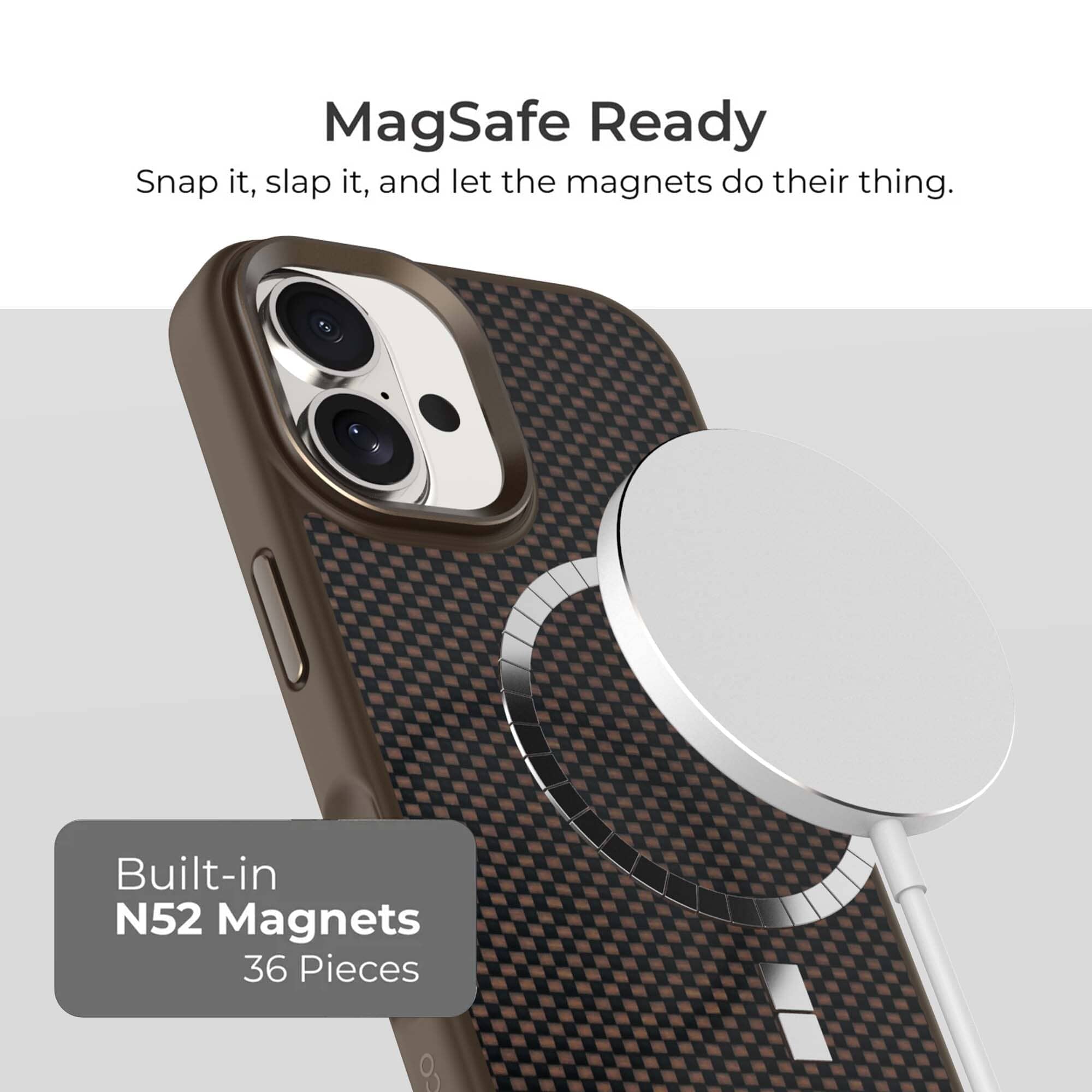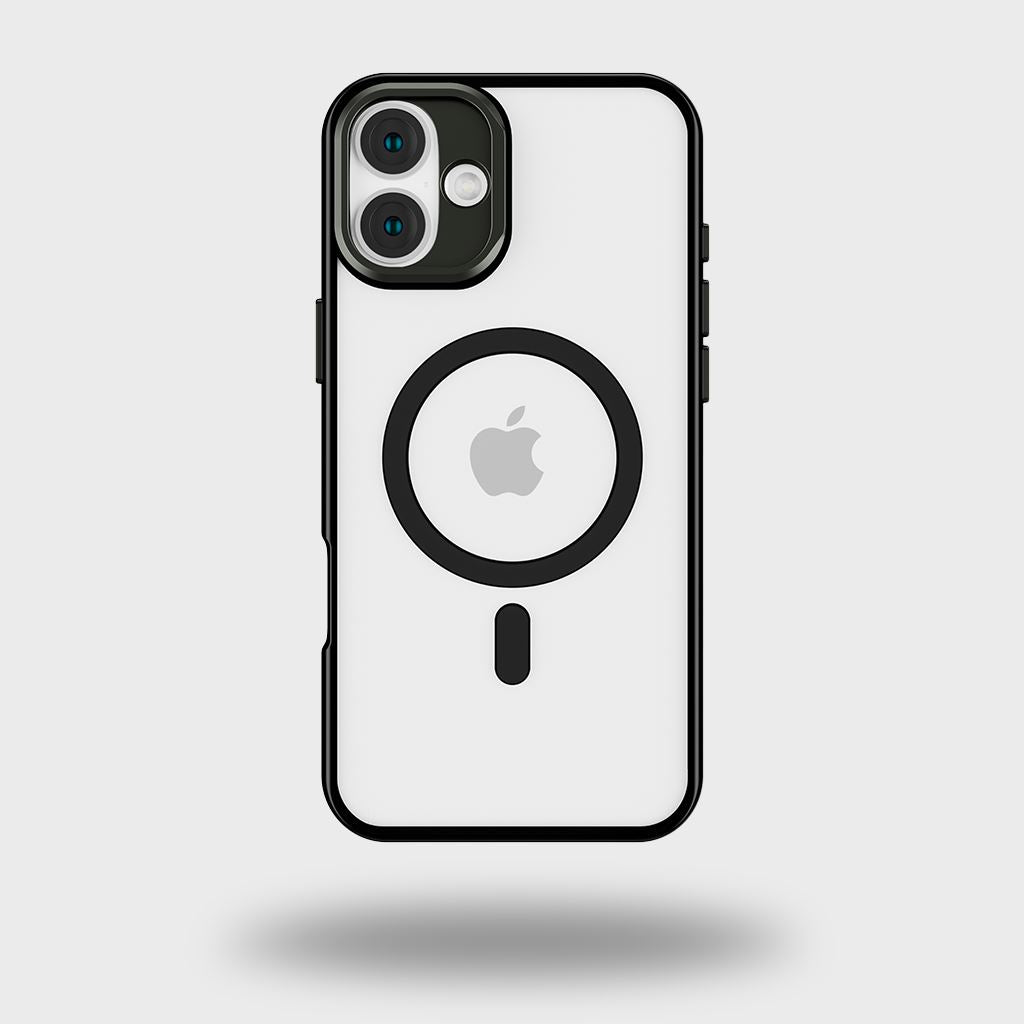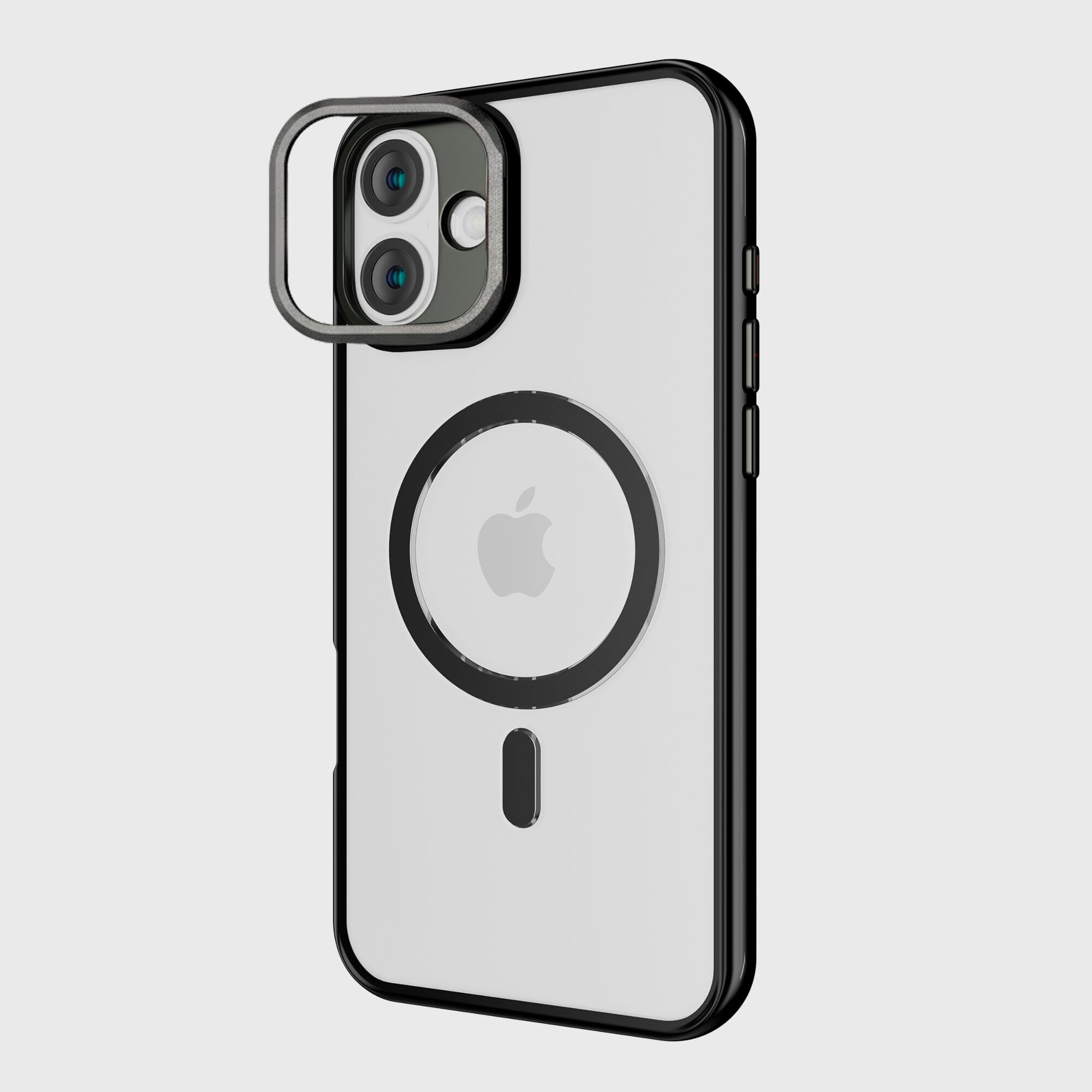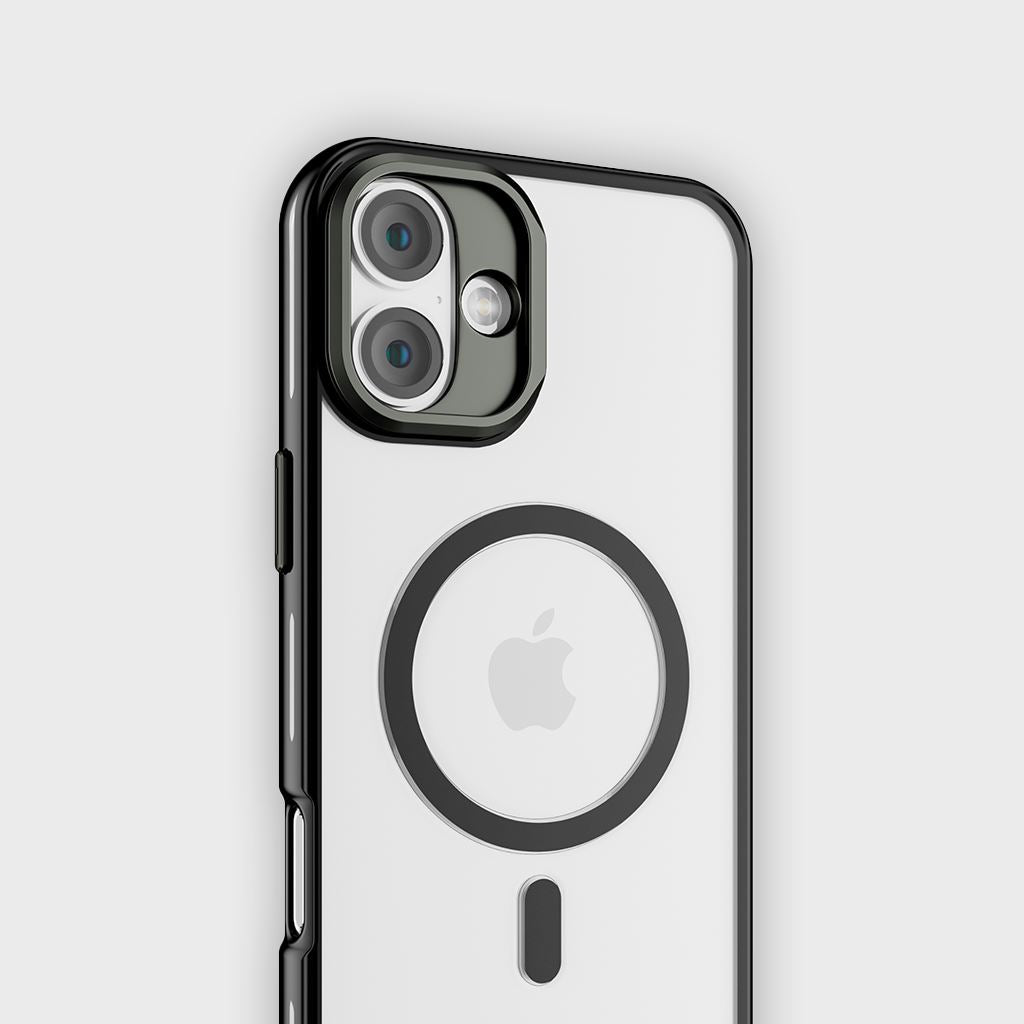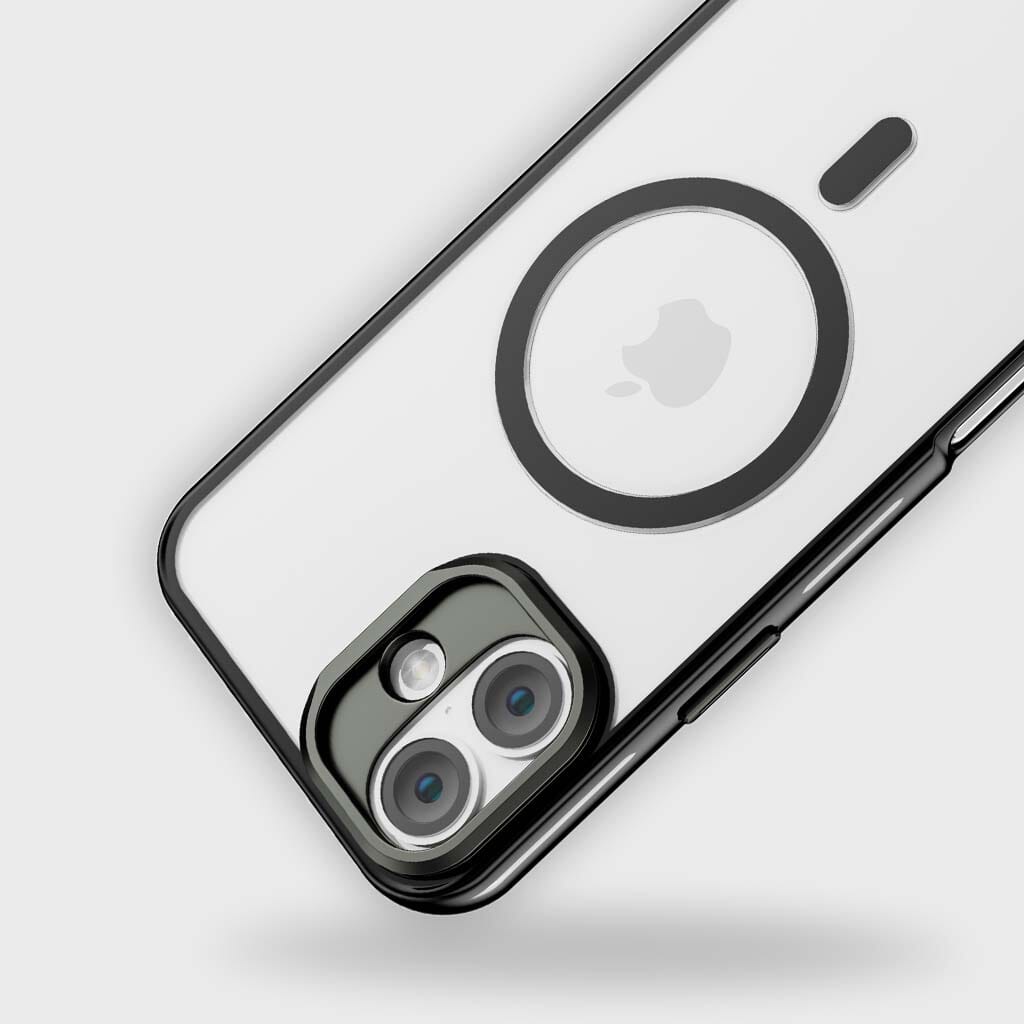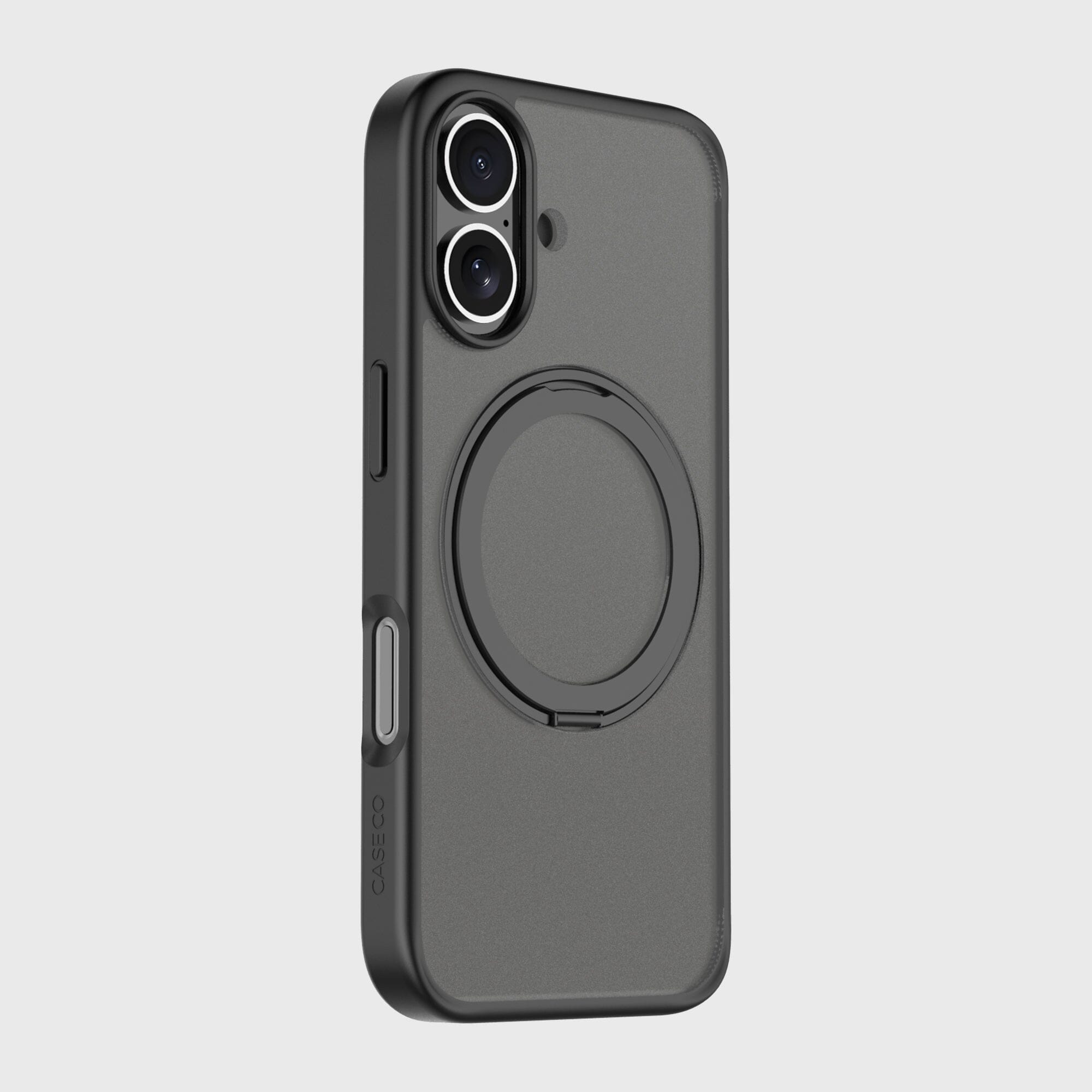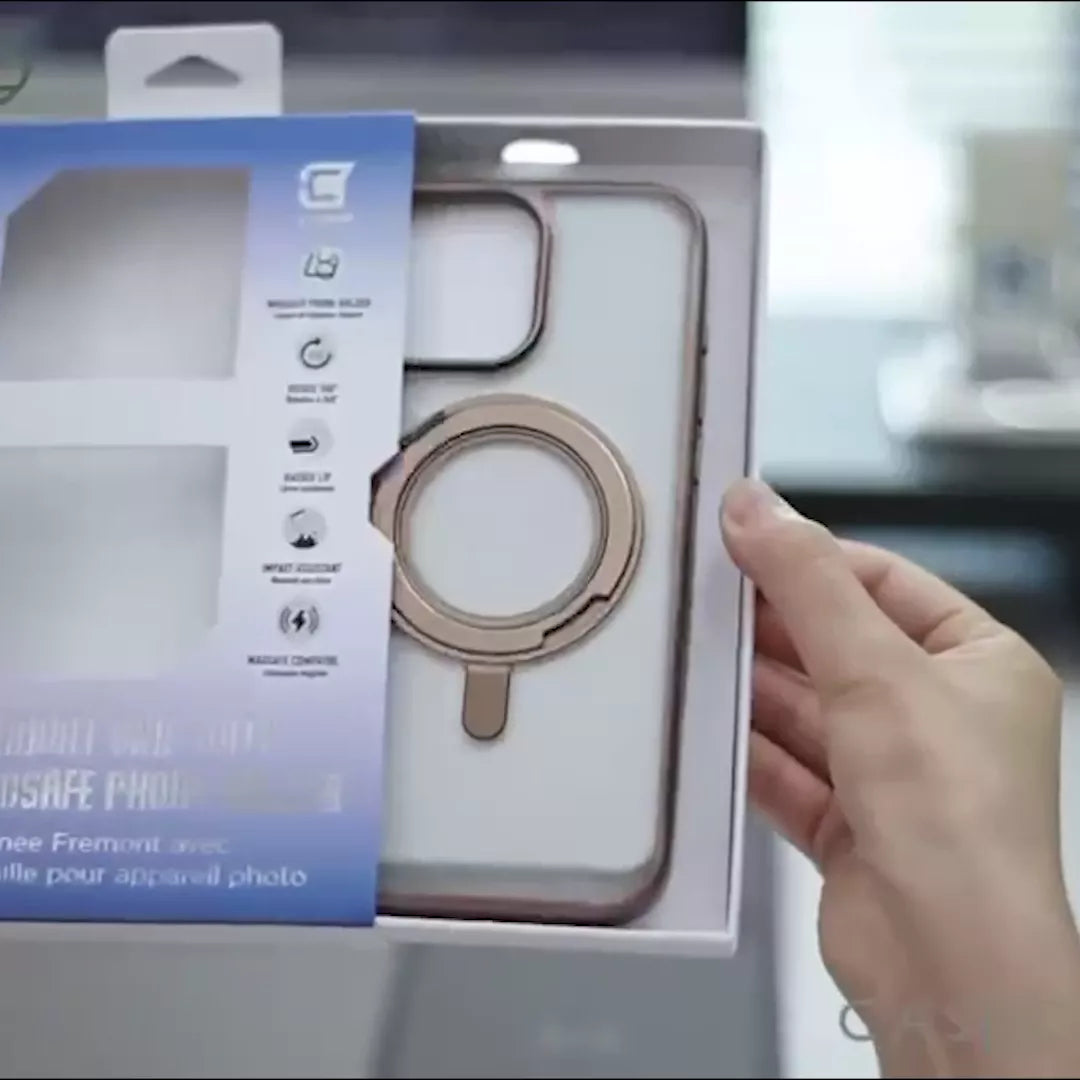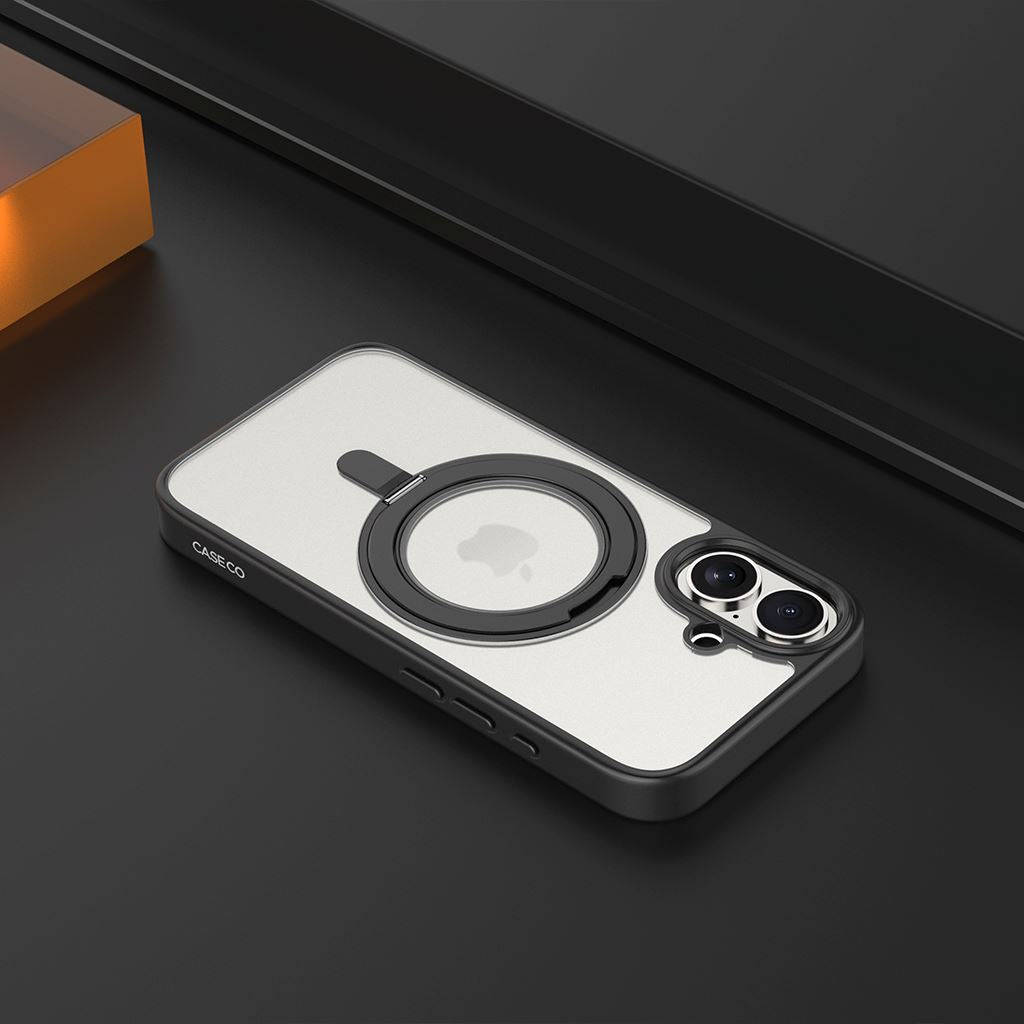Leather is fast becoming a major concern in our world today, with many companies choosing to make the switch to a cruelty-free alternative.
No one likes to think of themselves touching dead animal skin on a daily basis, and industries around the world are starting to recognize that.
If you want to know more about this issue and get all of your facts straight about faux leather, then you’ve come to the right place.
This guide will take us through everything you need to know about faux leather. From how vegan leather is made to how we are trying to make it even better.

The Problem With Leather
For many, the leather industry is just as bad as the fur industry.
Today most people wouldn’t dream of wearing a fur coat, so why are leather jackets and handbags still so popular?
Partly, it’s due to the fact that many people still believe that the leather they wear is just a by-product of the meat industry.
While this is partly true, in many cases being able to sell the leather is what makes beef farming so profitable, as it can account for 10% of the total value.
This ‘by-product’ leather is generally only used to make durable leather items, and not fashionable accessories. For those, calves are bred specifically for their skin, as this is the most profitable part of them, and their meat becomes the by-product.
All of this means that yes, wearing real leather really is just as bad as the fur trade.

The Environmental Impact Of Leather
Not only is real leather funding cruelty, it’s production also causes a lot of environmental concern. Have you ever thought about how leather is made?
Yes, it comes from animals, primarily cows, but sometimes goats and pigs as well.
The label on the items you buy will simply say ‘leather’ so you’ll never know! To get to the stage fit for sale however, the hides have to go through multiple processes, and getting there takes its toll on our planet.
Water
The amount of water that the cattle drink needs to be taken into account when discussing this issue, as well as the amount used in the curing process of the hides.
For the size of the industry, the amount of water used is extremely high. Not only this, but the runoff from the tanning and dyeing process is a cause for concern, and even this needs to be further diluted to meet with environmental standards.
Chemicals
The other huge environmental impact of the leather making process is the chemicals it uses.
Leather can only be made by tanning the hide, and to do this, the chemical chromium is used. This is toxic if it gets into our rivers and lakes and is very dangerous to the climate.
While there are now some leathers that are tanned using vegetables, there is then the issue of all of the chemicals used to be able to dye animal leather effectively.
Dyeing leather is a difficult process, and sometimes it even needs to be bleached beforehand!
When all of this is added up, the leather question becomes not just a cruelty issue, but an environmental one as well.
Buying Second-hand
For many, the problem of leather is solved by buying items that are pre-owned.
While this isn’t a vegan alternative, it does reduce the demand for leather as you’re not buying new. As these items have already been bought and worn, someone has already made the decision to fund the leather trade by doing so.
Letting them then go the landfill doesn’t always feel the most environmentally friendly decision.
Reusing items is a big part of living a sustainable lifestyle, so if you have nothing against wearing leather and so long as you are buying it in a second-hand store, it’s not contributing to the leather trade.

What Is Vegan Leather?
We’ve already looked at why we need it, but what exactly is faux leather?
To put it simply, vegan leather is a product that is imitating animal leather, but without using any animal products. No animals are harmed in the production of vegan leather.
This is sometimes known as ‘pleather’ because the most common types are made of plastic.
Many people wonder if faux leather is vegan and you’re right to worry. If the product is labelled as vegan, or cruelty-free, you’re good to go.
However, some companies just use faux leather because they can make poor quality imitations for a cheap price, meaning that the glue used sometimes contains products from animal bones! Not what we want.
Here at Caseco, we are proud that when we say our wallet cases are vegan and cruelty free, we mean it, with all of our glue 100% vegan as well!
We don’t want any innocent animals to be harmed to bring you the best faux leather accessories.

How To Make Vegan Leather
There are a number of different types of vegan leather, with more being created all of the time.
Leather can be made from recycled plastic bottles, from cork, and even from kombucha.
The majority of these products are still in development however, with very few companies in a position to actually use them in manufacturing. One day however, it is believed that we will have a viable vegan leather from all natural or recycled products.
The Problem with PVC
The vegan leather that you’re all likely most used to is PVC.
This is plastic that has a polyester backing to it. Unfortunately, it’s also the pleather that you’re most likely to see peeling off of cheap, mass-produced accessories.
It can be made to last, but in many cases is just produced as quickly as possible, with only one single layer of plastic.
This ensures it can be made quickly, and at a very low cost. The true cost however comes from what all of this means for the environment.
Wear and Tear. Because it doesn’t last for very long, consumers do one of two things. They throw their used PVC into the landfill and buy a replacement, added to the demand for cheap goods. Or, they invest in animal leather, the non-vegan, but durable alternative.
As PVC is plastic, chemicals are used to make it. These dioxins are dangerous, and when PVC ends up in the landfill, even more are released when it is exposed to sunlight over a long period of time.

Eco-friendly Vegan Leather
All of this must make you wonder. Is it possible for a faux leather made from plastic to be eco-friendly? The answer is absolutely.
When mass produced, PVC does have problems, but things can be done to reduce these. Plus, the environmental toll of the animal leather industry is far higher than that of faux leather.
How PVC Can Be Good Again
The main thing that needs to be done is to stop purchasing cheap and flimsy PVC items! Not only does this give vegan leather a terrible reputation as being sub-par to the real thing, but anything that is mass-produced on this scale is troubling to our environment.
PVC itself can now be made in ways that are much more sustainable.
When PVC is made consciously, it can be much more environmentally friendly.
It can also be created to be thicker, in order to be more durable and long-lasting. This ensures that less plastic ends up on our landfills as you’ll only ever need to purchase an item once.
With faux leather, all to the dye used to colour it can actually be added as it is made, meaning that there is much less water used and much less water waste produced.
Without the damaging tanning process, good quality pleather can be just like the real thing, but much better for our world.
An Alternative To PVC
There is also another compound that does a much better job than PVC. It’s Polyurethane, or PU. Much more flexible than PVC, it’s easier to dye and so uses less water to treat it. It also uses less water during manufacturing.
Perfect for accessories, it’s become the vegan leather of choice for many companies, and this is exactly the reason that Caseco uses it.
The Caseco Promise
This high-end, premium faux leather features in all of our pleather cases and wallets.
We’re proud that it is fully recyclable and is the best faux leather on the market today. Not only this, but it is strong enough to keep your phone safe, which is why a vegan leather case is cruelty-free while not sacrificing quality.
Your case will last, meaning that even though you can recycle it, you won’t need to for many years. Durable, it looks and feels like real leather, while being 100% animal-free.
If you are looking for a faux leather case, then Caseco is the one stop shop for all of your needs. Want to know more? Check out our brand new cute iPhone 13 case collection here.
